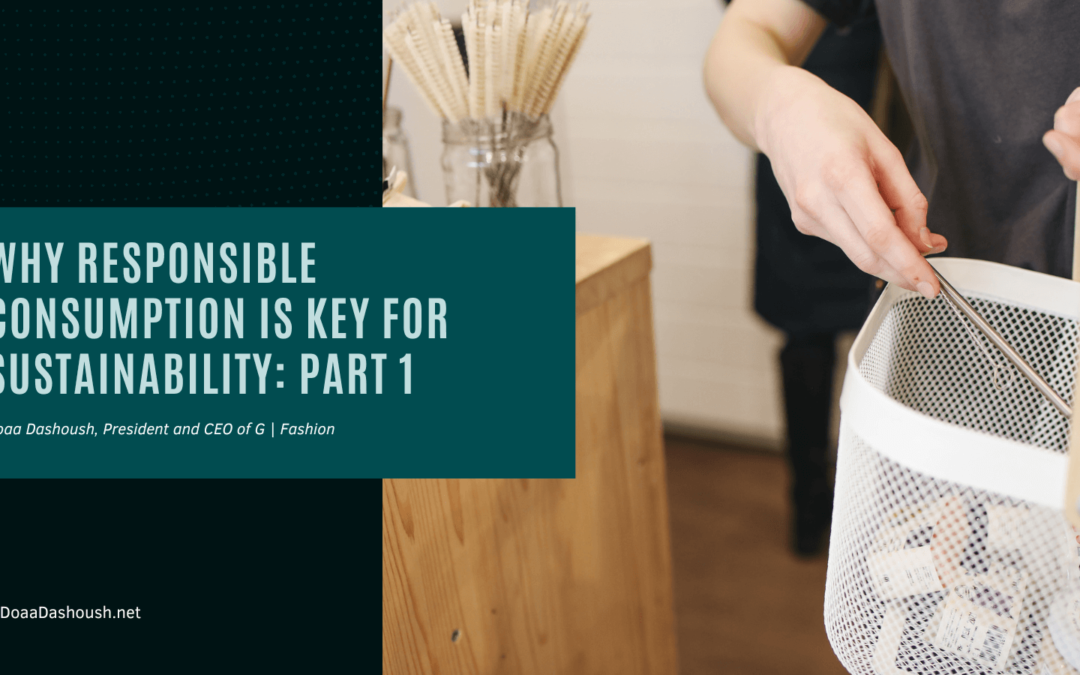The rapid pace of technological change has resulted in goods being designed to become obsolete so they can be replaced sooner, contributing to the increasing pressure on the environment and resources such as water, energy, and land. Climate change is also a symptom of a more significant problem related to overconsumption: the demand for more resources and the manufacturing of goods and services that modern society can offer.
The various sectors that contribute to the accumulation of greenhouse gases are known to be highly harmful to the environment, such as transport, energy, construction, and agriculture. Human beings are the main drivers of these emissions, as they are the ones who demand the most from the services and goods that modern society can offer.
The rising consumerism culture has led to the accumulation of greenhouse gases. However, this is not the only factor contributing to these emissions’ accumulation. It is also a lack of awareness about consumers’ role in producing goods and services that are harmful to the environment. Companies must take the necessary steps to reduce their carbon emissions.
The Problem of Overconsumption
Due to the excessive production and overconsumption of goods and services, modern society has become more prone to throwing away products that are made from plastic. These products are known to release toxins and greenhouse gases when they are discarded. This society no longer values durable, repairable products that can last for a long time. Instead, they prefer to buy cheap, mass-produced products that are often discarded.
The rise of consumerism has been attributed to the desire for immediate gratification, which is why people are more likely to purchase products and services that are already available. This has led to the rapid pace of technological change, producing new technologies such as microwaves, hair dryers, and computers. Despite the technological advancements in producing goods and services, many of these products are still made from disposable materials that can’t be easily repaired. This means they are contributing to the accumulation of toxic chemicals in the soil.
Why Responsible Consumption Can Make a Difference
According to the United Nations Environment, sustainable consumption uses products and services that minimize the environmental impact. This concept aims to ensure that the needs of future generations are met through the use of materials and energy in a manner that is both beneficial and sustainable.
This goal requires consumers to make informed decisions regarding their consumption patterns. They should consider the various factors that affect the environment when consuming products and services. For instance, they should consider the energy and water used to produce and consume the goods and services they buy. They should also limit their purchases of clothes, toys, and gadgets. Check back for the second part of this discussion for more practical steps you can take.
